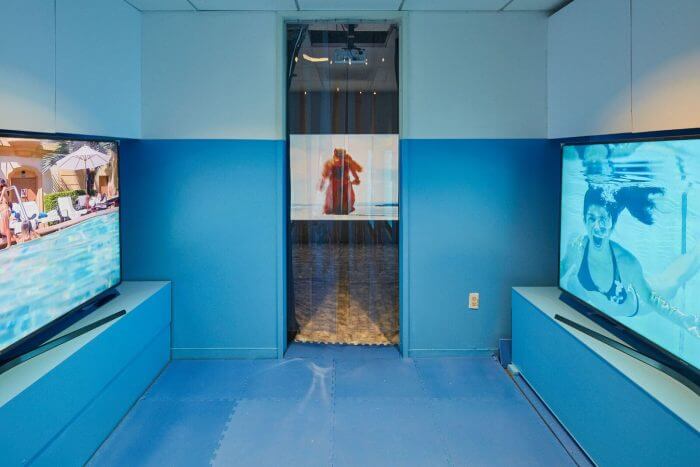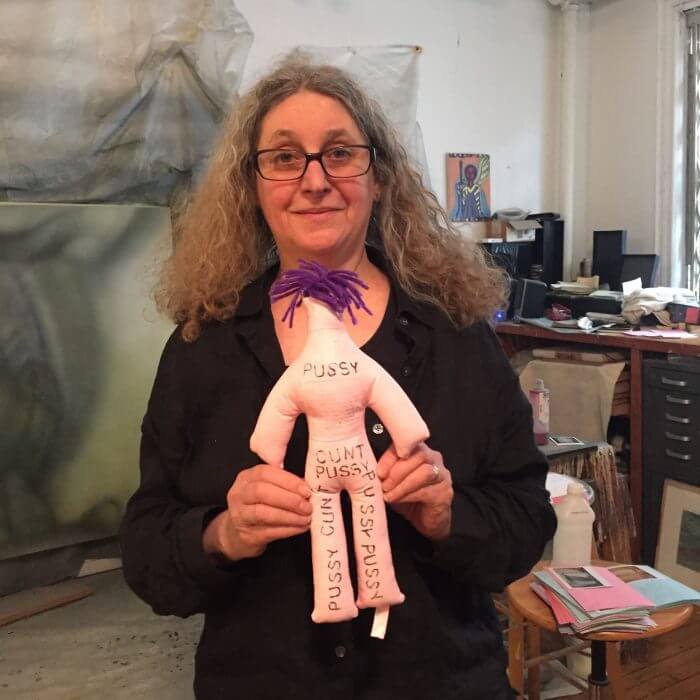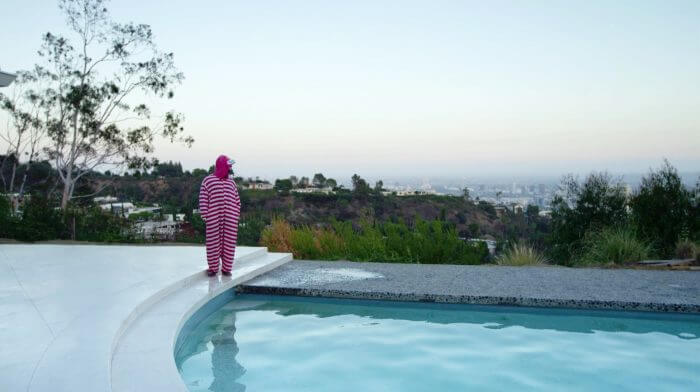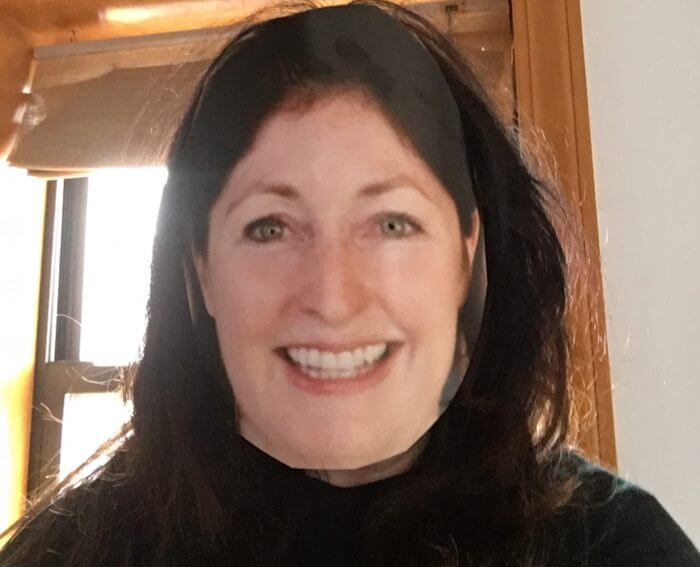Meet Maureen Sullivan of Red Art Projects

Maureen Sullivan is the founder of New York-based art consultancy Red Art Projects. She was educated at the University of Colorado (Boulder) and later took photography classes at The School of Visual Arts (New York). Before starting Red Art Projects in 2008, she served for four years as marketing and communications director at Creative Time, and five years at The New Museum of Contemporary Art. She has consulted on projects at the Sculpture Center (New York), Yerba Buena Center for the Arts (San Francisco), Colección Jumex (Mexico City), The FLAG Art Foundation (New York) and the Every Woman Biennial (New York/Los Angeles).
When you founded Red Art Projects, you were coming from an already-storied career spanning many years in the arts. What sorts of issues in the industry were you looking to address?
Starting Red Art Projects, I wanted to create more of a balance with curatorial opportunities for myself. I felt stymied by the division in organisations and wanted to develop opportunities to work directly with artists and art organisations on their dream projects in a more holistic way. This enabled me to bring together my experiences and knowledge for the bigger creative picture, contributing strategic planning, positioning, building audiences in a way that might help with funding, exposure, and opportunities. My first communication projects were with Doug Aitken and 303 Gallery, as he was working on unusual projects outside the gallery, and Cai Guo-Qiang’s opening show for a new museum in Shanghai during the World Expo.

Private Drive-In (2015)
SPRING/BREAK Art Show
Curated by Maureen Sullivan
From the start, I wanted to work differently from the bigger PR agencies, in a more focused, intimate, and involved way with art organisations and artists. It’s kind of an extended family working with some the artists and we come together time and time again for projects – Eve Sussman and Simon Lee, Antonia Wright, Jen DeNike, and Jennifer Wen Ma.
Let’s wind back to the beginning. Tell me about your education at Colorado and how you found yourself in this world you’re in now.
I basically went to Colorado because I wanted to escape the East Coast for a while. At the time, I had no idea [that] I wanted to work in art, which is a shame because CU has a great arts programme. Stan Brackage taught moving image! I came out with a marketing degree, which proved to be useful as I can integrate my creative work with a business understanding; a rare asset, especially for non-profits. I had a traineeship in Australia, then travelled for a while through South East Asia, then eventually came back to New York and took a few photography classes at SVA.

If I Had To Perish Twice (2018)
SPRING/BREAK Art Show
Curated by Maureen Sullivan
I came at the arts sideways. I was working on the soap opera Loving and, in true soap opera fashion, they fired most of their staff every season. From there, I was as an assistant at Checkerboard Foundation, where they were making documentary films [about] artists before anyone had video on their phones to record artists in their studios and on location. These were rare, personal glimpses into artists’ working lives, but now artists have become celebrities, and everyone wants access to them as much as their artwork, so video profiles are everywhere online.
You then went to Creative Time and the New Museum, which had a much wider remit. That must have been really eye-opening to get involved with. What kind of philosophy have you developed about art and exhibitions over the course of your time there?
The New Museum and Creative Time were small organisations at the time, so without a formal art education, I just threw myself into the fire. It’s where I started working with artists. I try to adapt John Baldessari’s edict of “no more boring art” to all events. I met and worked with hundreds of artists, all the New York galleries, and collectors which set me up for my ongoing work. Curating is my creative expression – the way for me to support artists I’m excited about and create dialogue.
With independent curating, you can react quickly to work with artists capturing the current issues of society, but there is little money, so you have to work in a collaborative way. It can be in a funky environment. It doesn’t have to be in the most prestigious environment, but the art has to be honoured. Artists are asked to give their work away so often, so when possible, I try to get them paid by the organisation or bring collectors for sales.
My response to “They’ll get exposure” is that artists are not flashers.

SPRING/BREAK Art Show (2017)
I try to support to international artists that haven’t been seen in New York, or emerging artists by bringing them together with major artists. It can come quite naturally, or sometimes it can be strategic. With the Every Woman Biennial, I brought in artists like Marilyn Minter, Deborah Kass and Jayne County because The New York Times needs names they recognise to open the door. That coverage then created interest for an exhibition in which 300 lesser-known artists got seen.
We have to address the elephant in the room: the current pandemic. So many arts events have now been scrapped or postponed. How do you think coronavirus has impacted art, and how will it continue to do so?
I was curating Jen De Nike’s 24/7 video project The Cat at The Standard Hollywood Hotel for April, but as all hotels are shut, it will likely begin in the summer. Will I fly out and will people gather for a big event? That remains to be seen. I was working with Swedish duo Bigert & Bergstrom to bring their giant golden egg sauna to New York, but it may be a while before people are open to gathering in a small space to sweat. I’m looking raise money for the Democrats and Swing Left, and Quality Mending already printed ‘Make America ___ Again’ baseball caps (blue, not red) and we’ll insert the word of the buyers’ choice onsite (mine says “Sane”). The main question is how to adjust to the new world when it starts up again – it will definitely be reshaped.
I think sophisticated platforms like the Walter’s Cube VR gallery still controls the conversation. Money will have dried up, so creativity will need to thrive outside of sales with more pop-up spaces, possibly outside of the major cities, where life is less expensive. I hope the community and funders will continue to come together as they have already to raise money for artists and art organisations.

The Cat (2019)
Video still
Presented at Come On In, The Water’s Fine, W Hotel Miami Beach
Forthcoming version at The Standard Hotel, Hollywood (Los Angeles)
24/7 Video Project, Summer 2020
Courtesy of the artist and Anat Ebgi (Los Angeles)
It’s a serious time, and art is usually viewed as a serious field. That in mind, what makes you laugh? How do you let that inform your work?
I’m a sucker for twisted humour, and it’s a thread through many of my projects. I’ve been looking at a lot of David Shrigley images recently that feel very relevant to our situation. I think this kind of humour has a way to cut through and have fun with difficult and scary issues. For example, I worked with Antonia Wright on her installation If I Had to Perish Twice, where she is screaming underwater while people are doing water aerobics and sunbathing above the waterline. It’s very funny at first glance, but it’s speaking to not knowing or empathising with those around us.
As we rattle around our restricted spaces trying work, and not always succeeding, can you tell me about your own process and how you stay satisfied and productive?
Personally, I’ve slowed down a little. I’m taking a break, reflecting, and enjoying my wraparound terrace, which makes quarantine bearable. I jumped in to consult with Walter’s Cube on Zoom and I may try to help art students graduating who need a space to show their final theses. I thought I’d have FOMO, but my email is more flooded than ever, so there’s plenty to do. Going back to humour, I’ve often found myself consulting my Magic 8 Ball for decision making, but I found the answers lacking, so I’ve fantasised for years about getting David Shrigley to make one with more twisted answers. I’ve also made myself a ‘morning mask’, inspired by Judy from the 1960s cartoon The Jetsons (which foreshadowed video calls). It’s a printout of my own smiling and made up face so I can wear it in early-morning Zoom meetings.

Photo credit: Maureen Sullivan
I find deadlines essential as I’m a procrastinator, and I rely on a small network of collaborators and friends to bounce ideas off of. I often find my best ideas come when I’m in the shower or riding around on a CitiBike – both jog my brain and take me away from electronics. On my walks, I’ve noticed a lot of graffiti art on newly boarded-up shops and store gates, maybe people wanting to say “ I am here”, so I’ve been documenting that as artists so beautifully capture the range of feelings we’re experiencing in quarantine.










